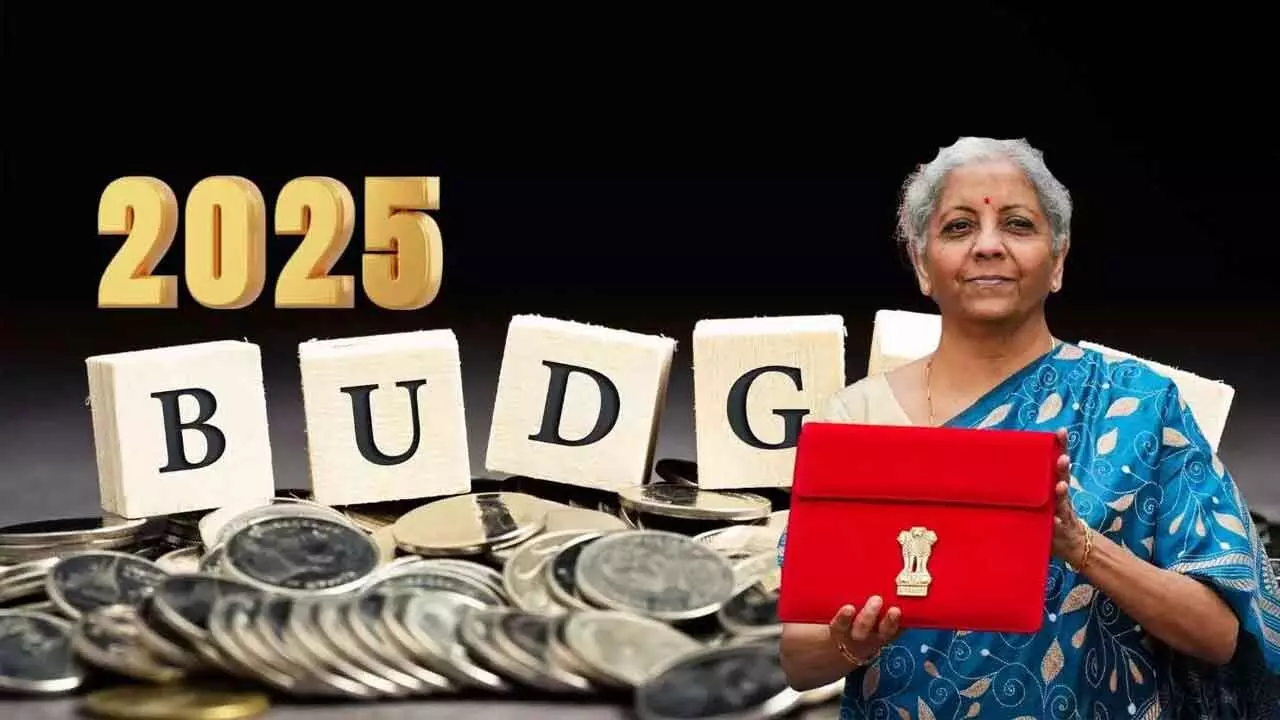Viksit Bharat Budget Likely To Focus On Inching Towards The $Five Trillion Economy Goal
Enhancing employment prospects through better skills training will be crucial
Viksit Bharat Budget Likely To Focus On Inching Towards The $Five Trillion Economy Goal

The main concerns remain a slowdown in GDP growth rate; rising food inflation; uncertainties in adhering to the fiscal deficit target of 4.5 per cent and a stagnant repo rate at 6.5 per cent for the past 18 months
This piece takes off from the Interim Budget 2024 and the annual budget presented in July. The latter was not vastly different from what was proposed in the Interim Budget, barring amendments in capital gains and personal income tax.
Budget 2024 had a revenue accrual of INR 31.89 trillion against an expenditure of INR 48.21 trillion, with a fiscal deficit reduced to 4.9 per cent (down from the earlier 5.6 per cent). This year the target slid to 4.5 per cent.
Development targets: GYAN
In its approach toward economic development, the government will be expanding the focus on the four pillars, GYAN.
1. Garib-Support for the poor:
The MNREGA, PMAY (Rural/urban), DDU-GKY, PM-SYM and the PM Garib Kalyan package will be broadened. This trend will likely continue into 2025, prioritizing support for the poor.
2. Yuva-Youth employment and skill development:
Enhancing employment through better skills training will be crucial, given the current low skill levels among the youth. Internship, fellowship, and scholarship initiatives will receive heightened attention. Furthermore, MSMEs are vital for job creation and will be incentivized to boost exports by improving access to finance and markets.
3. Annadata-Agriculture/farmers:
Agriculture sustains 42.8 per cent of the population and accounts for 18 per cent of GDP. Expectedly, the government will emphasize high-margin crops, such as fruits and vegetables, as well as diversified farming (poultry, dairy, and fisheries). Financial support for crop insurance, assistance, and credit access is expected to rise by 16 per cent.
Nari- Women empowerment:
Around elections, state-level initiatives like the "Laadki Bahin" scheme will gain traction. Fast-tracking women’s representation in institutions to achieve a 50 per cent target by 2030 is a priority, necessitating substantial policy reforms and support.
The tough choices:
The budget will reflect a commitment to enhancing capital expenditure aimed at infrastructure improvements while simultaneously bolstering the manufacturing sector to respond to increased consumption. Income Tax reforms to increase disposable incomes will be a priority. Manufacturing incentives like the Production-Linked Incentive (PLI) scheme are expected to continue and possibly expand, along with tax cuts, rural wage increases, and social transfers.
However, the rise of AI in the workplace raises concerns about job obsolescence, necessitating effective upskilling for new entrants.
Gaps in GYAN:
The government faces significant challenges in maintaining its development focus amid fluctuating economic indicators. The main concerns remain a slowdown in GDP growth rate; rising food inflation; uncertainties in adhering to the fiscal deficit target of 4.5 per cent and a stagnant repo rate at 6.5 per cent for the past 18 months.
Global economic outlook:
According to Chief Economists Outlook for 2025, South Asia will lead the growth pack with 61 per cent expecting strong to very strong growth. For India, American resurgence, quid pro quo trade policy (dampener), China and Europe slowdown (advantage) and regionalism (advantage) will take centre stage. Experts think that India could ultimately benefit from the new US government's tough trade policies against China.
Growth drivers for #ViksitBharat:
It is expected that the capital expenditure of the government will likely continue, to cover the backlog due to elections and government spend of only 37.3 per cent target of Rs. 11.11 lakh crore for FY25. The following leverages are envisaged i) Encouraging Consumption ii) Encouraging private investments iii) Increasing employment and skilling, and iv) Capex investment.
Infrastructure outlook:
At Davos, Union Minister Ashwini Vaishnaw explained about the government’s priorities of improving physical, digital and social infrastructure. The plan is to fulfill the growth targets through prioritising public investment in infrastructure, manufacturing and innovation, inclusive growth and simplification of laws. This pretty much sums up the direction that the government is likely to take when it comes to budget provisions for them.
Going by the Davos reports where the government’s stated position on Indian economic policy was articulated, it appears that steadiness and substantial reforms will continue to be the keystone of the country’s growth story. All said and done, Union Budget 2025 is unlikely to upset the applecart in any way!
(The writer is founder and director of Vayati Systems and Research Inc)

